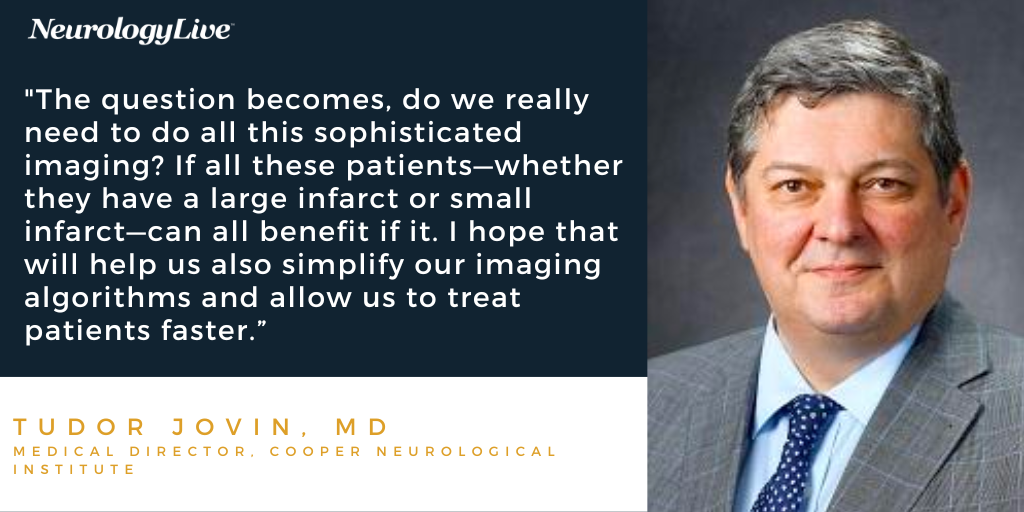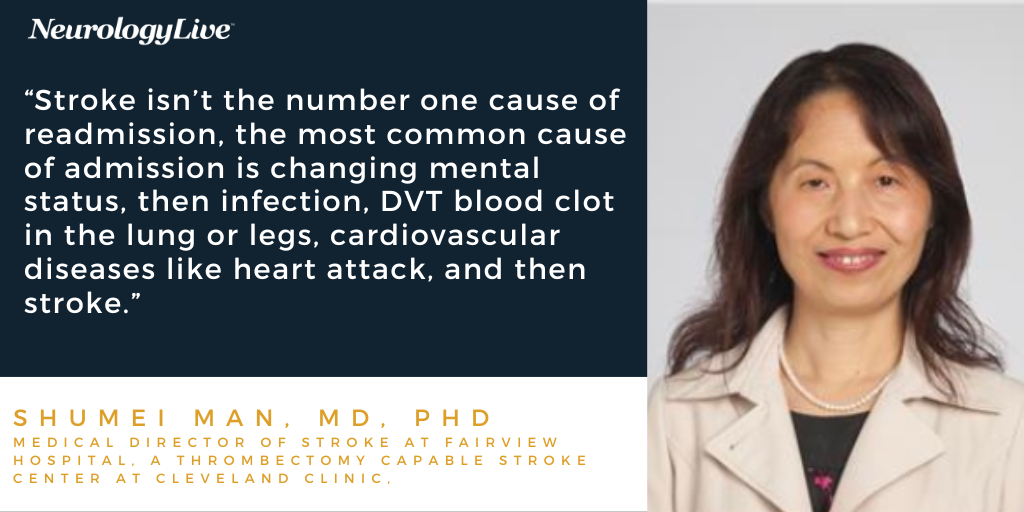Article
Recapping Research From 2023 International Stroke Conference
Author(s):
As a recap from ISC 2023, get caught up on some of the latest news in stroke as the NeurologyLive® team shares some of our data updates and expert insights.
In recent months, the NeurologyLive® team has been covering the news and conducting interviews with experts on the latest updates in the clinical care of individuals with stroke, including those with acute stroke and poststroke.
To recap the 2023 International Stroke Conference (ISC), February 8-10, in Dallas, Texas, the team has culminated some of the biggest pieces of news and insightful exchanges with physicians to offer updates on new developments in literature and expert opinions about stroke to spread awareness on the prevention and treatment of the condition.
Click here for more coverage on ISC 2023 from NeurologyLive®.
Expert Insights
Lee Schwamm, MD, professor of neurology at Harvard Medical School, sat down with NeurologyLive® in an interview at the meeting to discuss the highlights from the STROKE-AF trial (NCT02700945) including the prevention of stroke and atrial fibrillation management. Results from the trial showed that after 3 years of observation, approximately 1 in 5 patients with ischemic stroke had atrial fibrillation (AF) observed by an insertable cardiac monitor (ICM), a 10-fold increase versus standard of care (SOC). He also addressed the importance of the issue of atrial fibrillation in patients and how it could be a contributing factor for future stroke.
Shazam Hussain, MD, FRCP, FANA, director of Cleveland Clinic’s Cerebrovascular Center, and colleagues collected retrospective data on 14 patients who went directly to angio (DTA group) vs 52 patients who underwent additionally imaging (CTA group) after initially being taken in by mobile stroke unit.2 Hussain sat down with NeurologyLive® following his presentation to discuss the reasons for this type of study, and the take-home points the clinical community should be aware of. He also provided perspective on the higher incidence of tandem occlusions observed in the DTA group, which he claims may have impacted the findings.
At the last day of the meeting, Tudor Jovin, MD, medical director, Cooper Neurological Institute, sat down with NeurologyLive® in an interview to give his clinical perspective on the common themes in stroke including mobile stroke units, neuroprotective agents, and improved patient response time in the systems of care. Jovin, who also serves as the chairman and chief of neurology at Cooper University Health Care, also compared the research presented at this year’s meeting to last year, differences in themes, and how treatment might progress in the future.
Shumei Man, MD, PhD, medical director of stroke at Fairview Hospital, a thrombectomy capable stroke center at Cleveland Clinic, sat down as part of a new iteration of NeuroVoices, to discuss her led study that aimed to see whether close collaborations among the acute stroke care team and rehabilitation facility care can improve patient outcomes following ischemic stroke.3 Man also spoke on the need for improved cross-collaboration between centers, and the reasons behind readmission.
Latest Literature
Blood Pressure Medications Not Safe or Effective in Lowering Top Number of BP Reading After Endovascular Stroke Treatment
New findings from the phase 2 randomized, open label, BEST-II trial (NCT04116112) of 120 patients with acute ischemic stroke suggested that use of blood pressure medications (BPM) to lower systolic blood pressure immediately following endovascular treatment (EVT) for acute ischemic stroke may not be safe or effective.4 The results helped inform the safety of lowering SBP for patients with acute ischemic stroke following EVT and why individualized blood pressure control may be the way forward.
In the study, patients were randomly assigned to have their systolic blood pressure lowered to a targeted SBP (n = 40, for SBP lowered to less than or equal to 180 mm Hg; n = 40, SBP to less than 160 mm Hg; and n = 40 SBP of less than 140 mm Hg). Findings showed that average SBP reached 129 mm Hg in the less than or equal to 180 mm Hg-target group, 130 mm Hg in the target group below 160 mm, and lowered to an average of 123 mm Hg in the less than 140 mm Hg-target group.
Investigators enrolled patients with acute ischemic stroke and successful EVT from 3 stroke centers between January 2020 and February 2022. Patients received nicardipine, an anti-hypertensive medication, within one hour after EVT and given 24 hours if their SBP was above their target. The primary study outcomes were infarct volume at 36 hours and 90 days, analyzed with the utility-weighted modified Rankin Scale score. Limitations included the sample of patients involved in the trial and results may not be generalizable because patients came from only three stroke centers.
Combination of Higher Dose ApTOLL and EVT Reduces Mortality and Disability in Ischemic Stroke
Findings from a phase 2a study (NCT04734548) assessing ApTOLL in patients presenting with ischemic stroke showed that use of the TOLL-like receptor 4(TLR4) antagonist at doses of 0.2 mg/kg within 6 hours of onset in combination with endovascular treatment (EVT) was safe, and associated with reduced mortality and disability at 90 days.5 In the final cohort of 119 patients, those on ApTOLL 0.2 mg/kg accounted for the lowest proportion of deaths at 90 days (4.76%), followed by the placebo group (16.98%), and the 0.05 mg/kg ApTOLL group (22.5%).
In the original phase 1b portion of the trial, 32 patients aged 18 to 90 years with large vessel occlusion (LVO) were assigned to 4 ascending doses of ApTOLL at 0.025, 0.05, 0.1, and 0.2 mg/kg. There were 6 patients on study drug and 2 patients on placebo in each group to assess which dose performed better, thus moving it into the phase 2a portion of the trial. At the conclusion of phase 1b, investigators moved the 0.05 and 0.2 ApTOLL dose groups forward for further evaluation, this time in a larger sample size.
Patients had Alberta Stroke Program Early CT Score (ASPECTS) scores between 5 and 10, and estimated infarct core volume on CT-perfusion that was between 5 and 70 ml.
In addition to performing better the primary outcome of death, those in the higher dose ApTOLL group showed reduced brain edema and hemorrhagic transformation at 90 days. At 72 hours poststroke, those on 0.2 mg/kg ApTOLL showed reduced mean infarct volume (–29.31cc, 90% CI, –49.28 to –9.34), and National Institutes of Stroke Scale (NIHSS) severity score (–3.94; 90% CI, –6.86 to –1.02). Additionally, this group showed better outcomes on disability at 90 days, demonstrated by shift in modified Rankin Scale score (OR, 0.41; 90% CI, 0.20-0.85).









